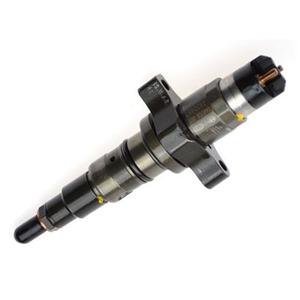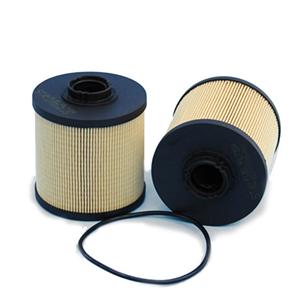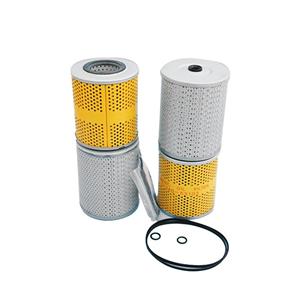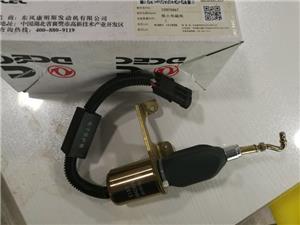Batteries for Diesel Generator Sets
Batteries are an essential part of the starting system for a diesel generator set. Batteries are so important to generator operation that the battery is often the first thing a service technician will check when a generator fails. The most common reason for generator failure is a failed battery. This article will introduce some information about batteries' roles, types, connection, charging, maintenance, selection, etc.
Roles of Batteries
The main role of a diesel generator battery (or batteries) is to provide with start-up power to the diesel engine starter and start the diesel generator. Once the diesel generator is up and running, the diesel generator will create its' own electrical power to provide electricity to connected systems and components.
In addition to the start-up power, batteries can also provide:
• Power to the digital control panel
• Power to monitor the utility power or whether the fuel, engine oil, coolant and other conditions meet the starting requirements before starting
• Power for excitation (Some generators require manual excitation after starting)
• Power to small motors or devices that operate on DC current
• Power to the secondary or redundant batteries or genset (if any).
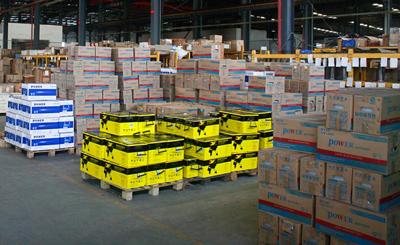
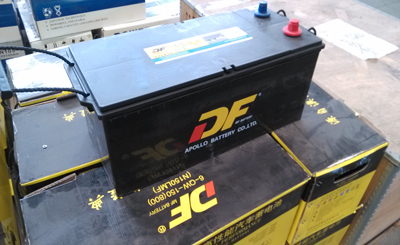
Types of Batteries
Most dg sets use a standard lead acid battery. There are two types of batteries available:
• Maintenance Free – Often referred to as a sealed battery. Cannot add electrolyte or check specific gravity of battery.
• Conventional – Cells have individual caps for filling and testing electrolyte.
The size of the battery depends on the size of a dg set and what components the battery needs to power and sizing is important to proper operation. It is important to check all specifications of the battery prior to purchase. Following below steps will aid in purchase:
• Make sure battery type is approved for application (high temp, low temp, hazardous atmosphere etc.).
• Check generator set manufacturer specifications for battery recommendations.
• If, battery is available compare installed battery with manufacturer specifications. If installed battery exceeds manufacturer’s specifications, choose installed battery.
• Review data from research to insure accuracy and purchase.
Connection of Batteries
Two or more 12 VDC (depending on current requirements) are connected in a series. Smaller configurations require 12 VDC and can use one or more batteries. If a second set of batteries are required, they are connected in parallel. For common battery connection configurations, refer to below diagram:
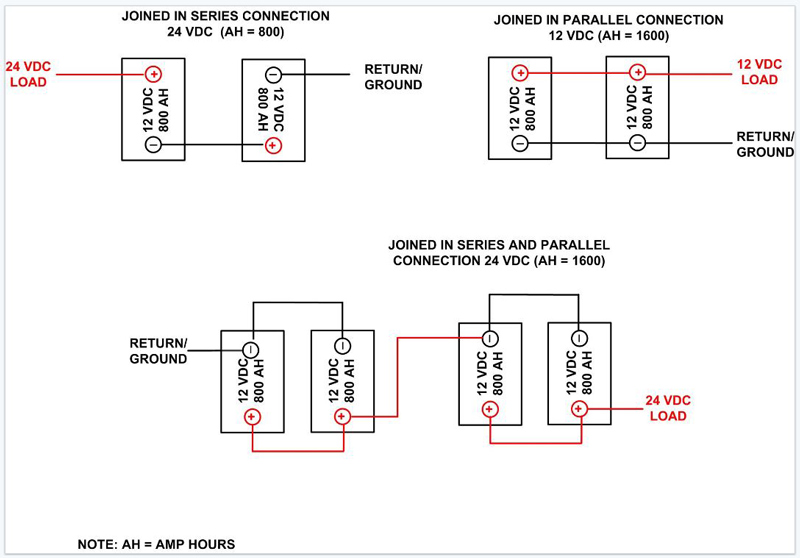
Batteries Charging
To ensure that the dg set starts on demand, the battery must always be maintained and fully charged. Most systems today have a charger installed. For older generator sets without battery charger options, when the voltage drops below the minimum voltage, a portable charger must be used. Some charging options include:
• The battery charger is installed, but it must be activated manually, usually it will turn off automatically after the battery is charged. After charging is complete, the charger must be turned off manually.
• The battery charger is connected to the electronic control system. Trickle charging on demand, with automatic shutdown function.
• Multiple generator systems can have battery packs. Depending on the application, these systems can have:
a. Alarm and monitoring systems in local and remote spaces
b. Use a converter to convert AC power to DC power to achieve battery charging
c. Use an inverter to change DC to AC to issue alarms and instructions.
Maintenance of batteries
• Check the battery water level
With use, whether the engine is running or stopped (with an auxiliary battery charger to maintain the charge), the liquid level of the battery tends to decrease. A low level of liquid damages the battery, so you should pay attention to this aspect to add distilled water, whenever necessary.
• Cleaning and tightening the battery terminals
Operation leads to the creation of gaps between the terminals / poles of the battery, generating oxidation between them. Therefore, it is advisable to keep them very tight and clean, and to put vaseline or a protection product against oxidation.
• Check the voltage
You should make a test, regularly, in which you connect the positive and negative poles to a multimeter in the DC voltage position. The result cannot be less than 12V, because, if it is, the battery will not be able to supply the DC electrical part of the generator and, eventually, it will not even be able to give power to the starter to put it to work. In this case, the best thing to do is to replace the battery.
• Start the generator frequently
Having the generator down for too long is harmful to the battery. You should start the generator periodically.
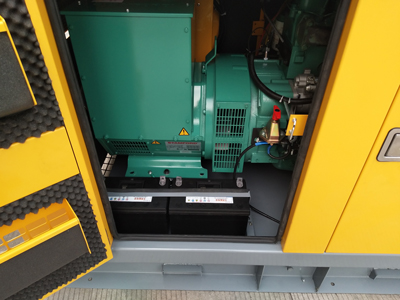
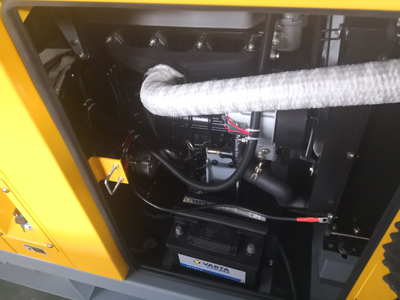
Selection of Batteries
There are so many batteries for your selection. It is important to consider cost vs performance when selecting a vendor for battery purchase. Some things to consider are:
• Ensuring the battery is suitable for the application. Consider ambient air temperatures, generator power demands, and manufacturer recommendations.
• Comparing the currently installed battery against the manufacturer specs. Installed batteries that exceed manufacturer specifications are acceptable.
• Considering the battery manufacturer’s stated lifespan of the battery, the cost vs. performance of the battery, and the warranty.
• Availability of the battery in your area.

